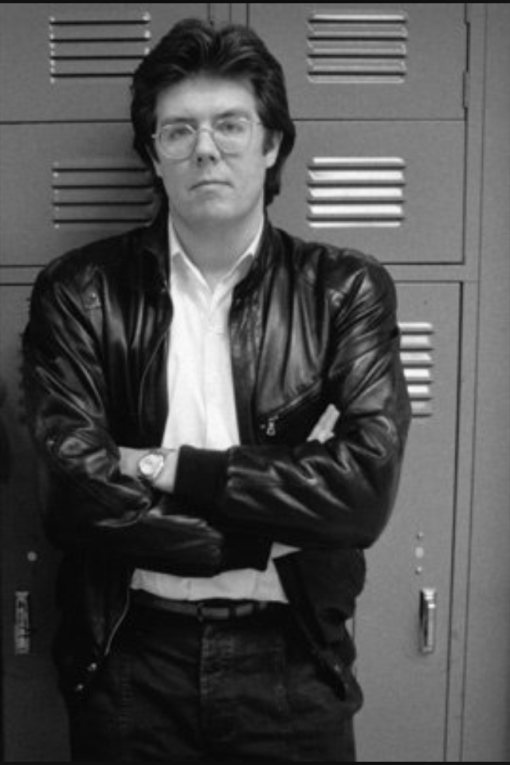John Hughes: Establishing the Era
Their are parallels between gold-panning and making a movie. Firstly, you must have a knowledge of the landscape. Secondly, an amazing amount of patience and hard work are required, and finally; the stars must align. a successful filmmaker is someone who has had two or more “hits” in his career, giving them the platform to do more personal projects that reach a smaller, more defined audience. Critical and commercial rewards are generally exclusive, yet their are a select handful of artists who receive both in spades over a career.
By 1985, John Hughes was a household name. His movies were apart of the fabric of American pop culture, while he still remained a phantom to the Hollywood press. In this age of information, we take for granted what limited access to celebrities we had; especially to the behind the scenes personalities. The spotlight shone brightly on the stars that he had created. Molly Ringwald, Anthony Michael Hall, Judd Nelson; these were the faces plastered inside school lockers and bedroom ceilings. It was exactly the way that John Hughes wanted it. He was the unseen creator, who needed nothing more than the freedom to make the types of movies that he felt needed to be made.
The final two films that fit within the context are ones that make use of music in a way that triggers an emotional response. He had many more classics after these films were released, but the middle of his creative burst is easily sustained his legacy for generations to come.
“Pretty in Pink” 1986
After two major hits in “Sixteen Candles” and “The Breakfast Club”, it became clear that John Hughes had cemented his place in the hearts of teenagers. Common thought would suggest that he could do no wrong, but then again, even the most hard-working of directors have a shelf life. He took a small break from the “Big Chair” to write the anticipated sequel to “Vacation”, called (Creatively) “European Vacation”. Even with a solid cast, this picture didn’t have the same connection to the audience as the original did, yet it was only a minor setback. For his next project, he called upon veteran Hughesian actor Anthony Michael Hall to star in “Weird Science”. The film received mixed reviews and although the box office was healthy, the story was lacking in realism.
With his legacy in jeopardy, Hughes went back to his natural mode for his next project: As a Writer. “Pretty in Pink” is a look into the modern caste system, but with a twist: The girl from the wrong side of the tracks falls for the guy from the right side of them. Jon Cryer makes his most indelible mark as “Duckie”; the boy who tries way too hard. His performance wavers between annoying and sweet with perfect balance. Andrew McCarthy made himself a go-to charming handsome boy next-door, yet with a social dilemma enforced by a guy named Blaine (James Spader) “If You Leave” by Orchestral Maneuvers in the Dark provides a bittersweet through line that encapsulates the picture nicely.
“Ferris Bueller’s Day Off” 1986
Although Pretty in Pink didn’t have the same critical reaction as “The Breakfast Club”, it got John Hughes back on track. His next film went for complete comedy, which requires a strong lead actor. Matthew Broderick had some minor hits during the early to mid eighties, but it was his star making turn as the titular character Ferris Bueller. Broderick (Along with Hughes’ spectacular dialogue) gave teenagers a kid to root for. Nobody had to feel sorry for Ferris, but perhaps they felt sympathy for his poor sister Jeannie. The mid-day parade featuring some German girls assisting Bueller with “Twist and Shout” was a topper, but it was “Oh Yeah” by Yello that backed up Principal Rooney’s trap door of a day.
John Hughes had many family hits after these great movies, but when it comes to the teen film genre, the mid-eighties was easily the most fertile of grounds for him as a writer-director. The mark of a great artist is when their ghost hangs over an entire genre. A film about teenagers that comes out in this day and age will always draw a comparison to John Hughes, but really it’s always a compliment.



